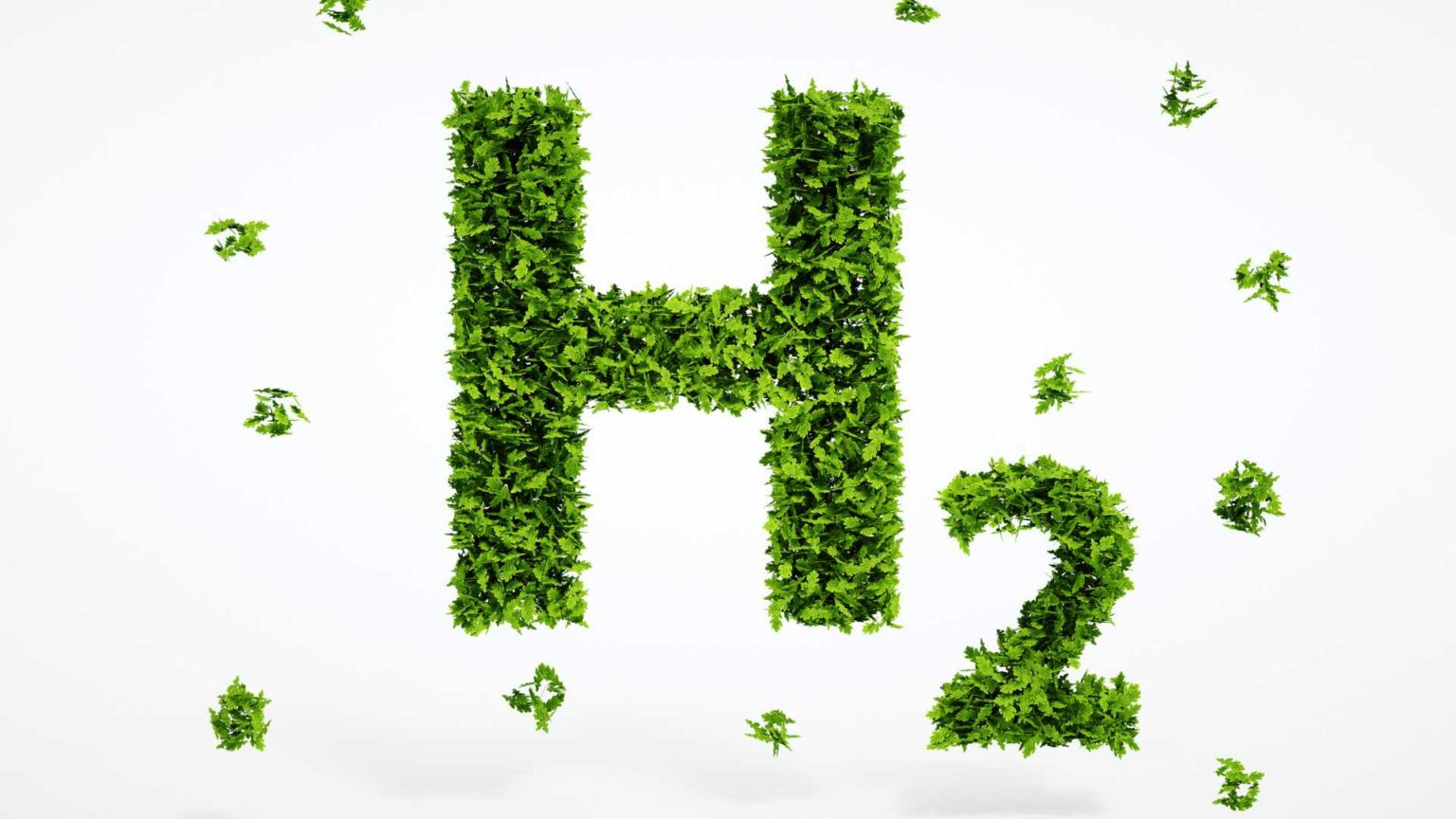In recent geological studies, the Semail Ophiolite emerges as an intriguing subject due to its surface exposure to oceanic lithosphere rocks. Extensive research has been conducted in the southern areas, particularly within the Sultanate of Oman, revealing active serpentinization processes and the consequent natural hydrogen production. However, exploration in the northern part of this region, specifically within the Emirate of Ras Al Khaimah in the United Arab Emirates, has been relatively limited.
This underexplored area presents significant potential for natural hydrogen resources, as highlighted by recent research efforts focusing on comprehensive surface gas measurements. The study conducted in this region aimed to identify and map hydrogen distribution, leveraging the ophiolite’s unique geological features. A critical insight from this investigation indicates that faults within the geological structure serve as preferential pathways for hydrogen migration. The presence of hydrogen, along with the lithological variations from the metamorphic sole to different mantle peridotites and crustal upper gabbros, was systematically examined. These studies suggest that structural windows exposing the metamorphic sole are of particular interest due to their higher hydrogen concentration levels.
The investigation also emphasized the importance of the geological formations, noting that significant structural lineaments between layered and upper gabbros might facilitate hydrogen migration from deeper peridotitic layers. An important discovery from this research is the documentation of new alkaline blue pools with a high pH level (approximately 9) and ongoing carbonation processes within these pools. The gaseous compositions in these bubbling pools are notably diverse, comprising high concentrations of not only hydrogen but also nitrogen and methane. These findings align with observations in parts of Oman, where hydrogen-rich gas up to 88% (after air correction) has been detected.
A noteworthy aspect of this study was the observation of seasonal fluctuations in the hydrogen-to-nitrogen ratio at a specific site, implying dynamic changes within the underground water table that are essential for hydrogen generation processes. This seasonal variation underscores the complexity and the potential variability in hydrogen production linked to subterranean water dynamics.
The study’s findings significantly contribute to understanding the northern Semail Ophiolite’s potential for natural hydrogen exploration and production, offering a poignant insight into the expansive possibilities that lie in this relatively untapped region of Ras Al Khaimah. The results not only enhance the regional geological data but also position the area as a vital subject for future exploration endeavors in the domain of natural hydrogen resources.
